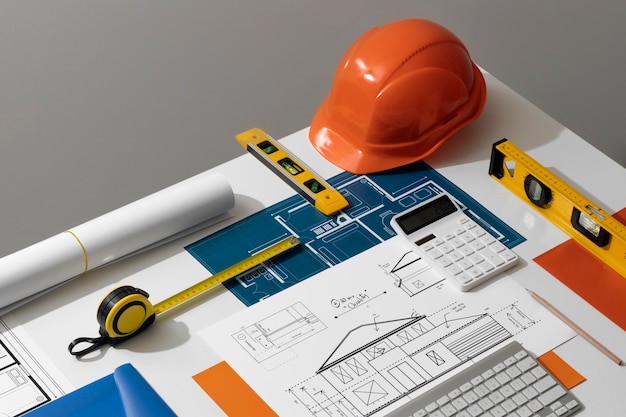
An architect can manage the construction and implementation of a building using Microsoft Project software by meticulously planning, scheduling, and tracking all aspects of the building process, from preliminary design through construction to completion. The software allows for the monitoring of timelines, resources, and costs, helping to ensure that the project stays on budget and on schedule, while providing clear communication to all team members and stakeholders through comprehensive reporting tools.

An architect’s knowledge of safety and security is crucial in managing the construction and implementation of a building, as it enables them to incorporate essential safety design features and security measures from the outset, ensuring the well-being of future occupants and adherence to building codes. Additionally, it allows the architect to enforce strict safety protocols on the construction site, reducing the risk of accidents and ensuring a secure and efficient building process.

An architect’s expertise in the construction of wooden houses enables them to adeptly manage the unique aspects of such projects, including the selection of suitable materials, understanding the nuances of wood behavior, and the implementation of specialized construction techniques that account for factors like load distribution and thermal performance. This specialized knowledge facilitates better planning, efficient use of resources, and ensures that the construction and implementation process aligns with the specific demands and sustainable practices inherent to wooden structures.

An architect versed in Canadian materials can manage the construction and implementation of a building by choosing locally sourced and climate-appropriate materials that enhance durability and energy efficiency, such as Canadian softwoods like spruce, pine, and fir, which are commonly used for structural framing. They can also incorporate cedar for roofing and siding, maple or oak for hardwood flooring, as well as insulation materials like mineral wool or cellulose, and gypsum for interior walls, ensuring that the building meets the regional environmental conditions and sustainability standards.

An architect’s knowledge of the Canadian building codes ensures that each stage of construction complies with the legal standards for safety, energy efficiency, and accessibility, thereby facilitating a smoother inspection process and minimizing the risk of project delays or sanctions. This proficiency also guides the selection of appropriate materials and construction practices, which helps in delivering a building that not only meets regulatory requirements but also upholds the highest levels of quality and occupant protection.

The architect’s knowledge of construction rules is essential for creating detailed, compliant building plans that contractors can follow accurately, ensuring the structural integrity and safety of the building. This understanding helps the architect oversee the construction process effectively, identifying and resolving potential issues swiftly to maintain compliance and avoid costly legal and structural complications post-construction.
